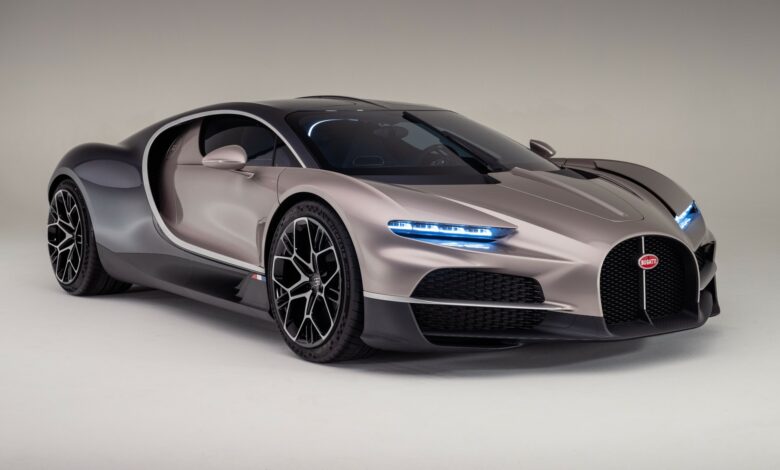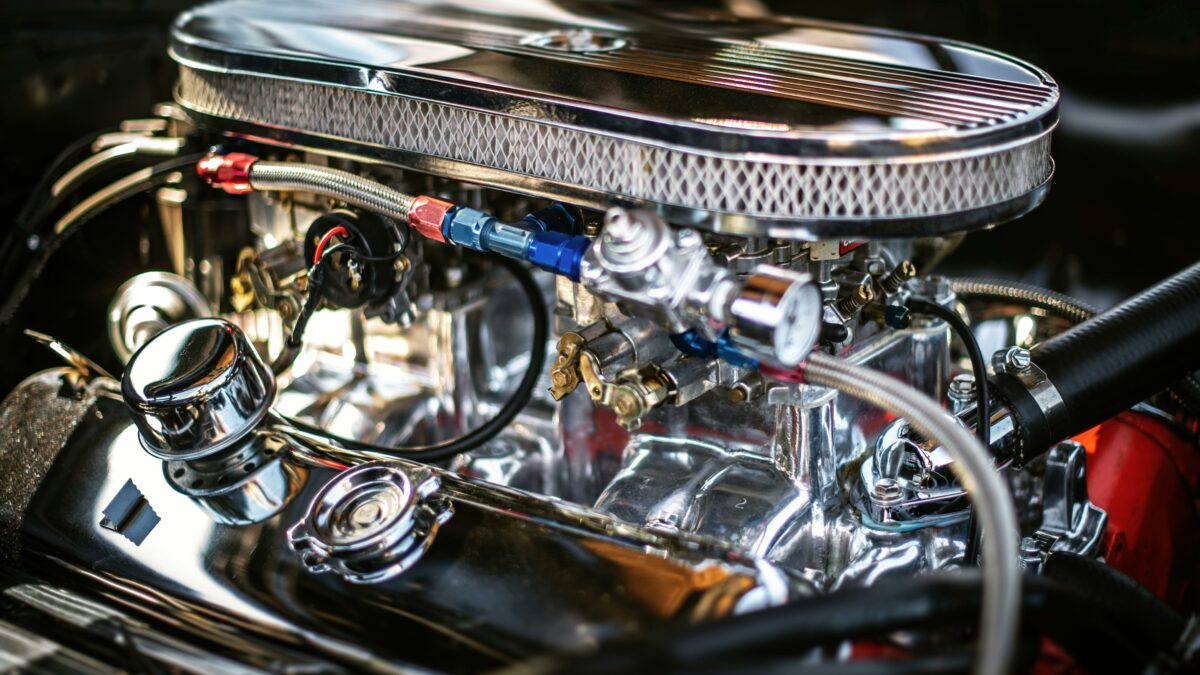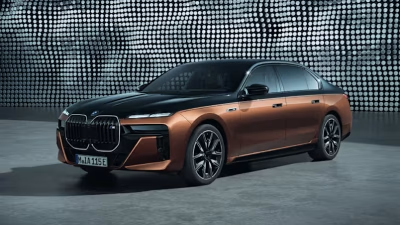
How Fast is the 2027 Bugatti Tourbillon, Really? Let’s Break It Down
When Bugatti unveils a new model, the automotive world pays attention—and the 2027 Bugatti Tourbillon is no exception. Billed as the successor to the Chiron, the Tourbillon takes speed and innovation to new heights, blending next-generation hybrid technology with the elegance and brutality the brand is known for. But just how fast is this hypercar? Let’s take a closer look.
Under the hood—or more fittingly, behind the driver—the Tourbillon hides an engineering masterpiece. It features a naturally aspirated 8.3-liter V16 engine, developed in partnership with Cosworth, producing a jaw-dropping 1,000 horsepower on its own. That would be enough to make headlines. But Bugatti didn’t stop there. They paired the engine with three electric motors—two up front, one at the rear—delivering an additional 800 horsepower. The combined output? A staggering 1,800 horsepower.
Thanks to this powertrain, the Tourbillon is estimated to accelerate from 0 to 100 km/h (0–62 mph) in just under 2 seconds, with 0–200 km/h (0–124 mph) clocked at under 5 seconds. The top speed? Electronically limited to 445 km/h (276 mph)—not because the car can’t go faster, but because Bugatti had to draw a line somewhere. On the right track and with the limiter removed, it’s believed the Tourbillon could surpass 480 km/h (298 mph), making it one of the fastest production cars in the world.
But this hypercar isn’t only about numbers. Bugatti has maintained its signature driving comfort and stability at high speeds with advanced aerodynamics, active suspension, and torque-vectoring all-wheel drive. The inclusion of a lightweight carbon chassis, upgraded cooling systems, and a seven-speed dual-clutch transmission ensures that power delivery remains smooth even at mind-bending speeds.
So, how fast is the 2027 Bugatti Tourbillon? In one word: unbelievably. It’s not just the sheer velocity, but the controlled, precise manner in which it delivers that performance—something only Bugatti could master.







